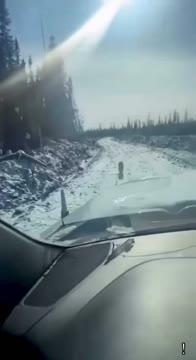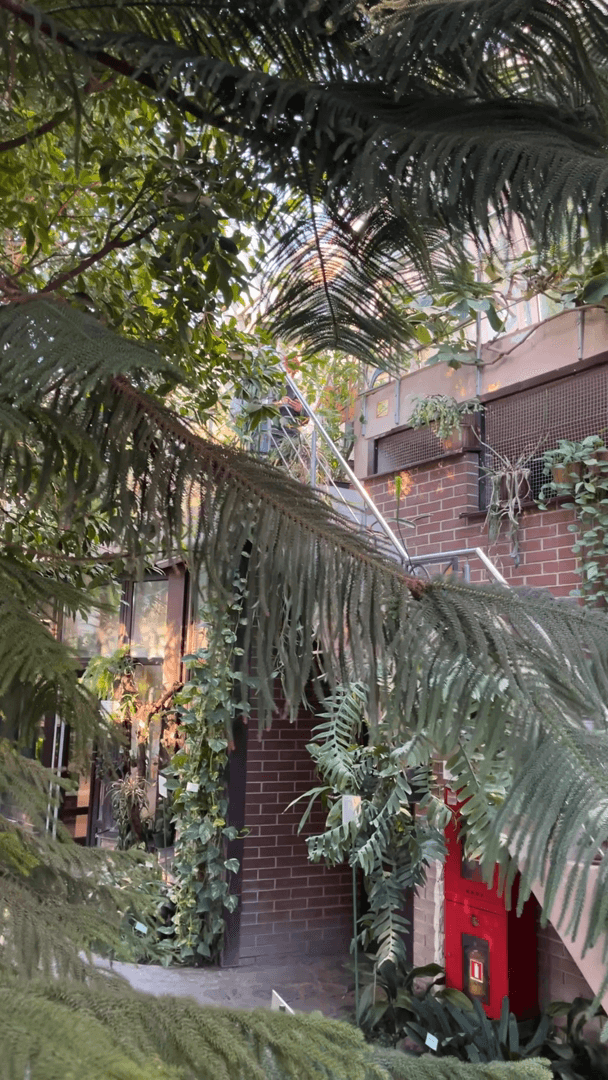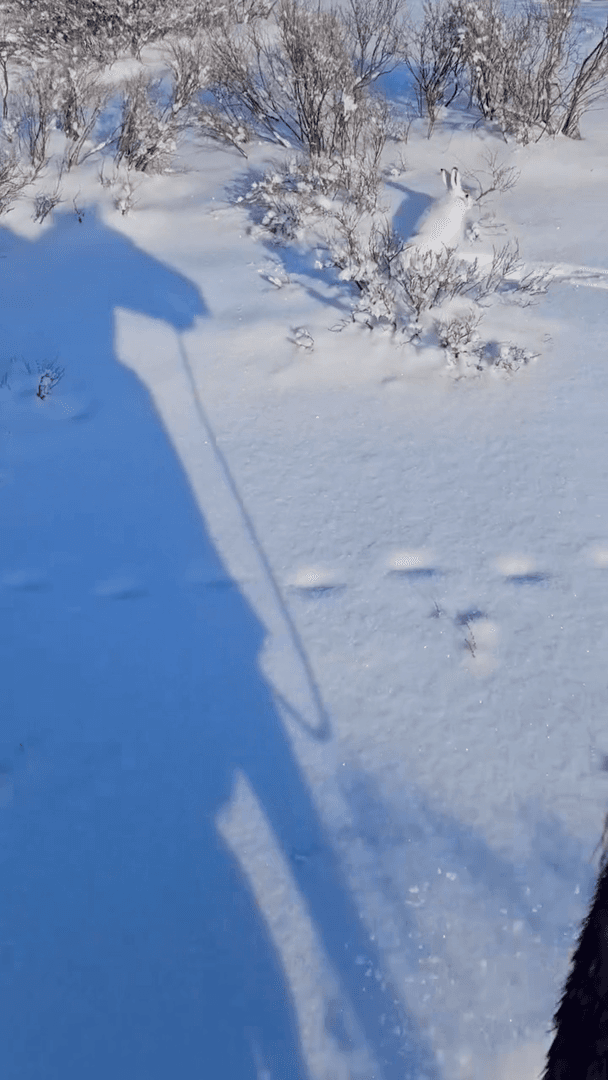
When assessing your summer hunting wardrobe, make sure you have the following items: Long-sleeve camo shirt. Short-sleeve tees. Waterproof lightweight jacket. Lightweight, breathable boxers. Lightweight, breathable camo pants. Ballistic vest. Sun hat. Lightweight cap.
Post: 1 July 11:02
















































